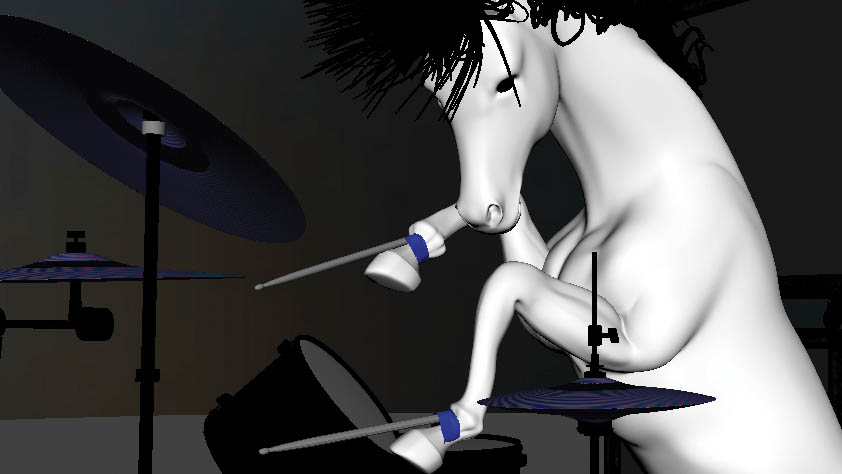Some scientists just uploaded a GIF of a horse onto bacteria

Static pictures are a thing of the past, now that the world and its Slack has discovered GIFs. Your mum is currently using them on Facebook Messenger, hell even WhatsApp has embraced the GIF, but for some reason hides how to do it like it's ashamed of the little animations.
And now scientists have discovered GIFs. But instead of using Giphy like any normal person, they're using live bacteria to show off their GIF-like wares.
Scientists at Harvard have harnessed something called CRISPR (clustered regularly interspaced short palindromic repeats) to animate the GIF on to a strand of E Coli, painstakingly sequencing proteins (knowns as Cas1 and Cas2) on to the bacteria so that they take the form of a horse galloping.
Given this type of DNA archiving is very much in its early stages, the GIF chosen was an apt one. It is of a galloping horse that Eadweard Muybridge used to pioneer moving picture technology way back in 1878. Muybridge also did something similar with a nude woman turning around in surprise but I guess the scientists deemed that a little too risqué to animate into bacteria.
The GIF that keeps on GIF-ing
Now the horse animation is being used again to show off the, quite staggering, opportunities archiving and recording data on living things presents.

As the report by Nature explains: “When harnessed, this system has the potential to write arbitrary information into the genome. Here we use the CRISPR–Cas system to encode the pixel values of black and white images and a short movie into the genomes of a population of living bacteria.
"In doing so, we push the technical limits of this information storage system and optimize strategies to minimize those limitations.”
Sign up for breaking news, reviews, opinion, top tech deals, and more.
It could eventually mean that living cells have the potential to have their own 'black box recorder', something scientists could tap into to see how things are developed without actually impinging on the development process.
Via the Guardian

Marc Chacksfield is the Editor In Chief, Shortlist.com at DC Thomson. He started out life as a movie writer for numerous (now defunct) magazines and soon found himself online - editing a gaggle of gadget sites, including TechRadar, Digital Camera World and Tom's Guide UK. At Shortlist you'll find him mostly writing about movies and tech, so no change there then.